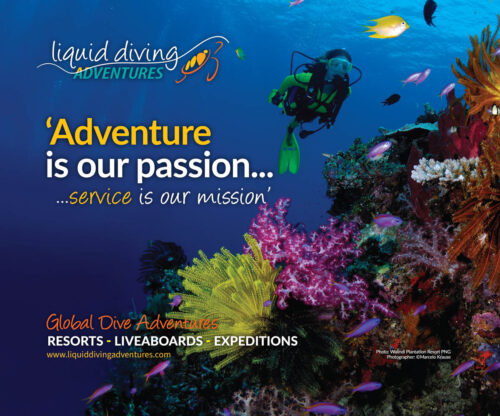The beginning of this video states “Stunts in this video were performed by experienced freedivers: always dive within your limits”
Garrett Clement teamed up with Jenna Blake to explore the underwater playground found in the rivers of Vancouver Island.
Underwater diving that relies on breath-holding until resurfacing rather than the use of breathing apparatus like scuba gear is known as freediving, free-diving, free diving or breath-hold diving. The depths and duration of freediving are constrained by physiological factors such as the limits of breath-hold, immersion in water, and high ambient pressure.
History
With the exception of the sporadic use of reeds and leather breathing bladders, freediving without the aid of mechanical devices was the only option in ancient times. The divers experienced the same issues divers do today, such as blacking out during a breath hold and decompression sickness. Ancient cultures used freediving to help with food gathering, gather resources like sponge and pearl, recover sunken treasures, and support military operations.
Freediving Today
In the last few years, competitions for freedivers take place in lakes, the open ocean, or swimming pools. Divers competing in these events are scored according to their weight, depth of dive, and time spent holding their breath. Each of these criteria may have a different significance depending on the discipline.
Never dive alone is the most important freediving rule, and regardless of your skill level, it is continually emphasized at all freediving courses. Always go with an experienced partner, ideally one that is on the same level as you or even a level higher. Your companion must understand basic safety rules, how to respond in the event of a blackout, and how to administer first aid.
Freediving can be very risky, especially if you don’t have the proper equipment. It’s a sport that is almost entirely focused on swimming through the ocean’s depths on a single breath. Make any errors, incorrect assumptions, or unwarranted demands; you might not take another breath ever again.
Compared to scuba diving, the death rate for competitive freediving is low, but deaths do happen, usually from blackouts. AIDA (or an equivalent) freediving authority oversees each international competition, and some competitors have been known to dive more than 300 feet on one breath.
In June 2012, an Austrian freediver, went deeper than his own personal “No Limit” with a freedive to 253.2 meters (831 ft) suffering injury in the process. On land, he still struggles with balance and co-ordination, but not underwater. He keeps performing deep free dives.
It’s important to be well-trained, just like with scuba diving, and to “dive within your limits,” as the video advised.




